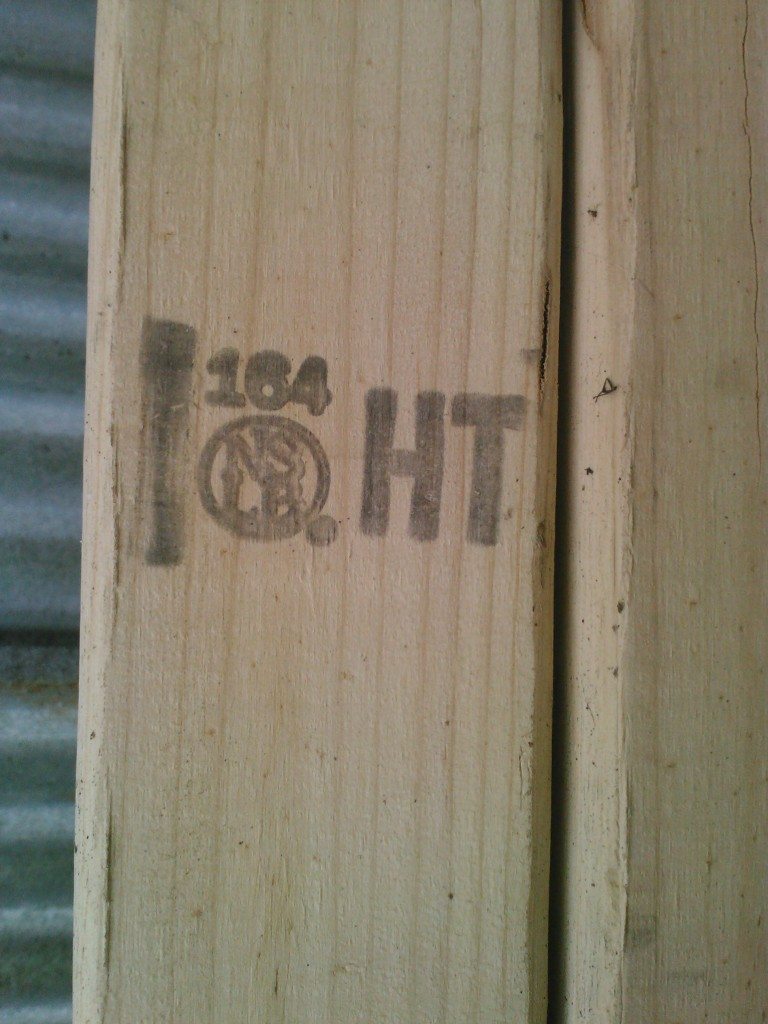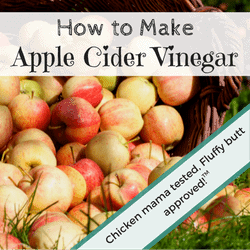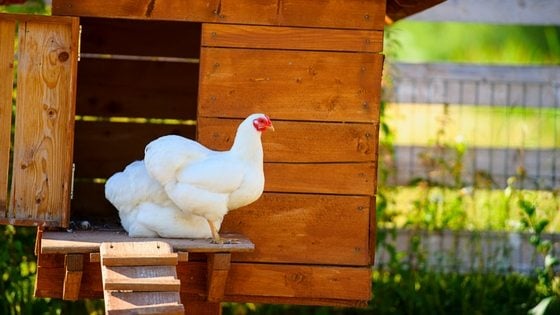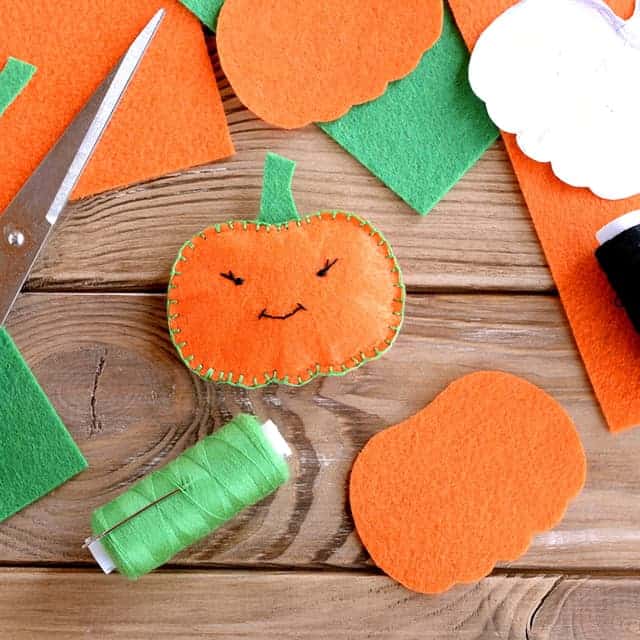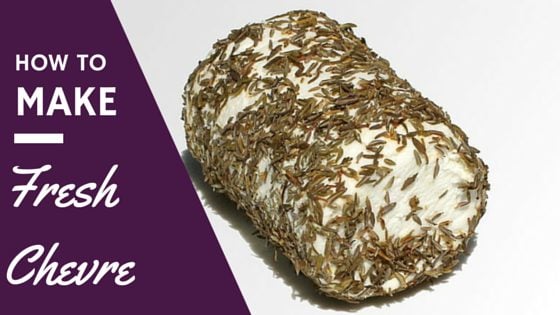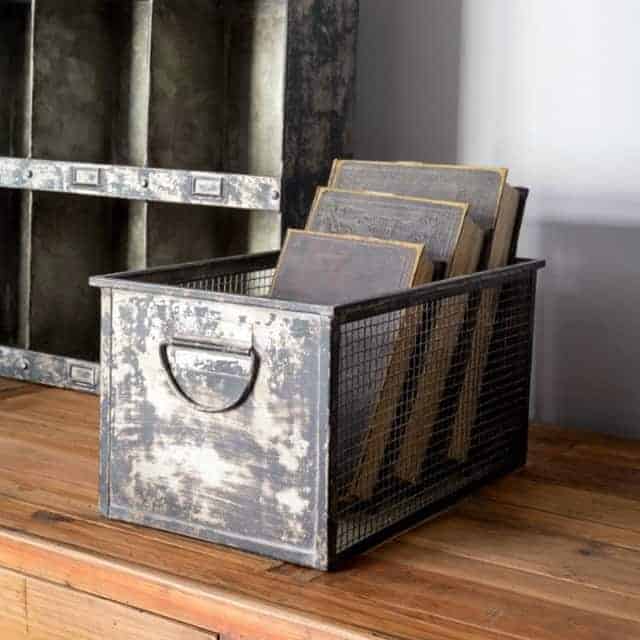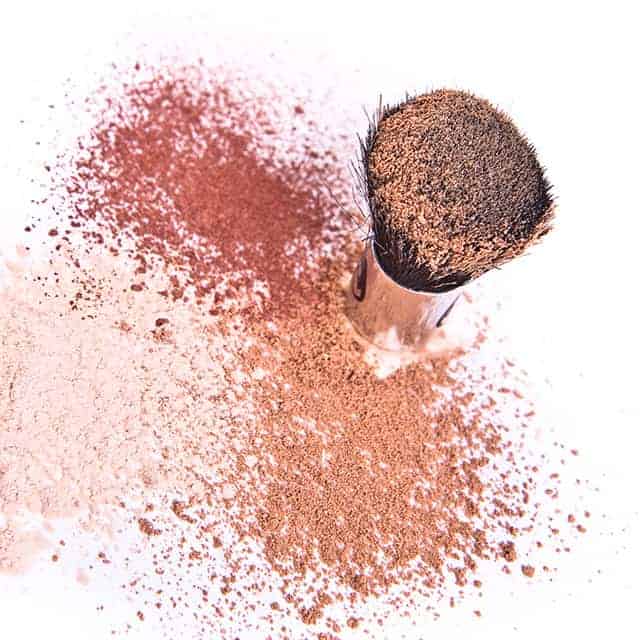If you’re into doing projects with pallets (and really, around the homestead, who isn’t?), you’ll love the first chapter in my upcoming book (Chapter One will be available for free!), which is about saving money on the homestead.
A big part of saving money is using pallets for homesteading projects. But how do you know if your pallets are safe? Is your pallet wood treated?
I’ll tell you how, in this excerpt from Chapter One!
Make sure your pallets don’t contain dangerous chemicals!
Producers used to regularly use a chemical called Methyl Bromide (MB) on pallets—a chemical which has been shown to do a lot of damage to human lungs, even if just inhaled a little bit. MB is an insecticide, and its used on pallets to kill any wood-eating insects that might damage the wood.
Nowadays, pallets aren’t treated regularly with MB anymore. They’re usually heat treated, except in certain cases.
Knowing how to read the stamps on your pallets before you start your projects could literally mean the difference between life and death (can you imagine using dangerous chemicals in your gardens or projects in the home? I can’t, but if you accidentally use a Methyl Bromide treated pallet to grow lettuce, you could run into some trouble.)
Different Stamps, and Their Meanings
To tell if your pallets are safe for projects, look for a stamp. If you see an HT, your pallet is safe. If you see MB, stay away from it, because it contains Methyl Bromide.
Depending on the type of wood, the pallets these days are heated to a certain temperature in a kiln to a minimum core temperature of 56°C for softwoods and 60°C for hardwoods for 30 minutes. There’s no chemicals used on them, and they’re safe to use for projects or in your garden.
Information about unmarked pallets is conflicting. If it’s unmarked, there’s no telling if it’s safe or not. While it’s standard to stamp all pallets now, some companies don’t if the pallets won’t be shipped internationally. If there’s no stamp, the pallets might be old, and chemicals might have been used on it.
Pallets shipping internationally require an IPPC (International Plant Protection Convention) logo, which certifies whether the pallet was heat-treated or fumigated with Methyl Bromide.
Pallets from Canada are considered the safest for projects, since that country has never allowed harmful chemicals to be used; instead, they’ve always heat treated their pallets. To tell if it’s from the United States or Canada, there should be a country stamp.
How to Read the Country Stamp
You can see the 2 letter country code (US, for example), a unique number assigned to individual producers, then an HT for Heat Treatment or MB for Methyl Bromide.
Pallets intended for international shipping are required to be made of material that won’t carry invasive insect species or transport disease. To meet IPPC standards, a pallet must be made of wood that’s been treated.
These pallets aren’t appropriate for projects, so if you see one, pass on it.
Determining if your pallets are safe for projects is of utmost importance not only for your health, but for your childrens’ and animals’ health!
Not sure how to take apart a pallet?
Want to be a homesteading rockstar? Check out my tutorial on how to make your own apple cider vinegar.
Enjoy these DIY Pallets Project Ideas:
- 20 Amazing DIY Pallet Projects for Your Chicken Coop
- 31 Free Pallet Barn Plans You Can Use Today
- How to Use Pallets for Projects
Maat van Uitert is a backyard chicken and sustainable living expert. She is also the author of Chickens: Naturally Raising A Sustainable Flock, which was a best seller in it’s Amazon category. Maat has been featured on NBC, CBS, AOL Finance, Community Chickens, the Huffington Post, Chickens magazine, Backyard Poultry, and Countryside Magazine. She lives on her farm in Southeast Missouri with her husband, two children, and about a million chickens and ducks. You can follow Maat on Facebook here and Instagram here.

